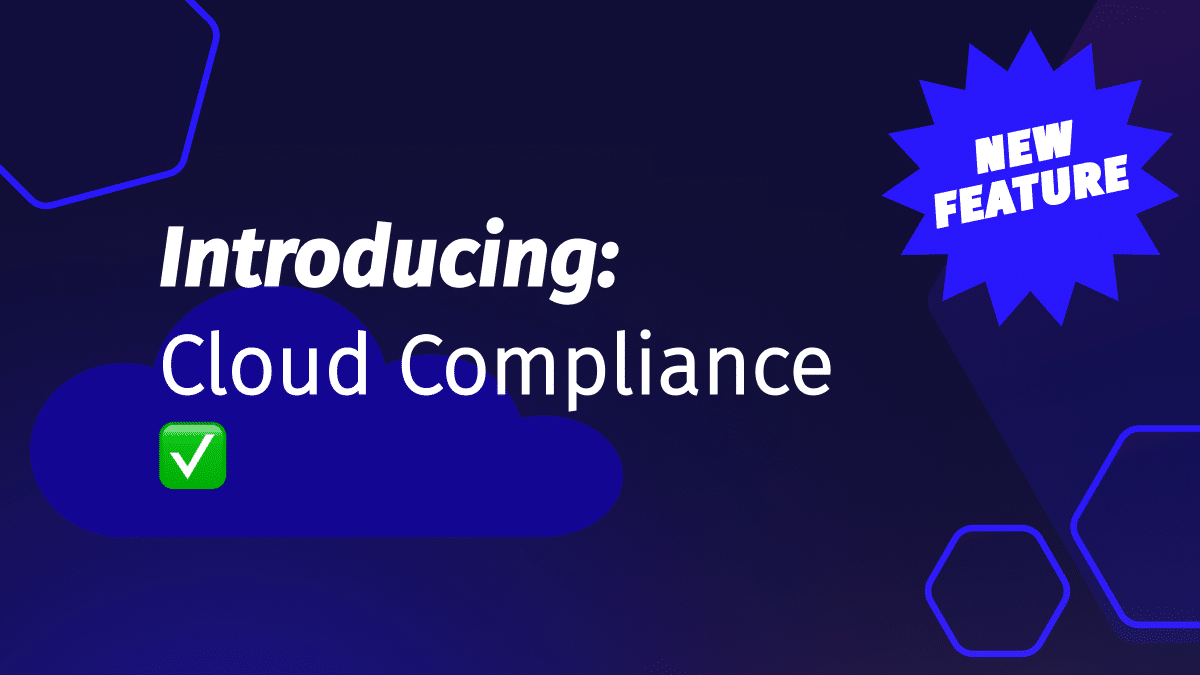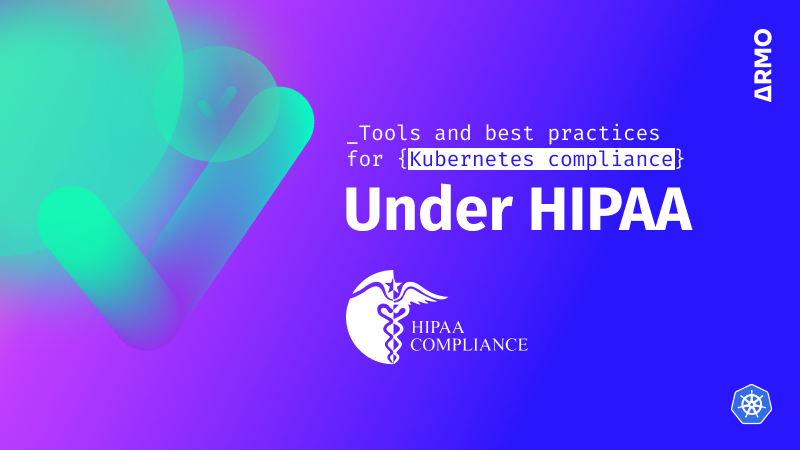Stay Ahead of Kubernetes Security: ARMO Platform Now Supports CIS Kubernetes Benchmark v1.10
Kubernetes security is an evolving challenge, and staying compliant with industry best practices is crucial....

Jan 14, 2025
The Digital Operational Resilience Act (DORA) is a disruptive policy that came into effect in January 2025 with the objective to boost the cyber resilience of financial institutions in the European Union. As digital transformation increases, it is crucial to ensure the availability, integrity, and confidentiality of critical IT systems to sustain financial market trustworthiness and stability. DORA creates a uniform framework for managing ICT (Information and Communication Technology) risks, making it a cornerstone of operational resilience throughout the EU.
The Digital Operational Resilience Act (DORA) is an EU regulatory mandate and should not be confused with the well-known DevOps Research and Assessment (DORA) metrics, which assess software delivery performance. The EU-mandated DORA focuses on regulatory compliance measures, including incident reporting, ICT risk management, and resilience testing, which extend far beyond the scope of DevOps metrics.
This article looks at DORA’s key requirements, their impact on businesses, and actionable steps to prepare for compliance. With the January 2025 deadline approaching, now is the time to learn how DORA can drive operational excellence and cyber resilience, not just as a regulatory requirement, but also as a strategic imperative.
The Digital Operational Resilience Act (DORA) is a regulatory framework introduced by the European Union to ensure that financial institutions can withstand, respond to, and recover from operational disruptions, particularly those stemming from Information and Communication Technology (ICT) risks. Designed to enhance the resilience of the EU financial sector, DORA establishes a comprehensive set of rules to manage and mitigate risks associated with digital operations and third-party ICT service providers.
DORA applies to a wide range of financial entities, including:
Additionally, ICT third-party service providers such as cloud vendors and managed service providers (MSPs) fall within its scope when offering services to financial institutions.
The Digital Operational Resilience Act (DORA) establishes a comprehensive framework for managing ICT risks, enhancing operational resilience, and ensuring regulatory compliance. Below are the key requirements that financial entities and their ICT service providers must meet to align with the regulation.
DORA mandates the implementation of a robust ICT risk management framework. This framework must encompass:
Organizations must have a strong governance structure for ICT risk management, including:
Entities must conduct regular operational resilience tests to validate their ability to withstand and recover from disruptions. Key requirements include:
DORA requires organizations to adopt a standardized incident classification and reporting process:
Given the reliance on external ICT providers, DORA imposes strict controls over third-party relationships:
To foster a coordinated approach to cyber resilience, DORA promotes secure information sharing:
Organizations must maintain detailed records of their ICT risk management practices and operational resilience activities, including:
Understanding how DORA compares to other well-known compliance standards helps organizations contextualize its requirements and identify gaps in their current compliance practices. Each framework emphasizes distinct aspects of security and operational resilience, tailored to its target audience or industry. Below, we outline the unique focus areas and key differences between DORA and other prominent standards.
As organizations prepare for the Digital Operational Resilience Act (DORA), they will face several key challenges that could hinder compliance efforts. These challenges stem from both the complexity of DORA’s requirements and the need to align with existing regulations. Below are the most common challenges businesses may encounter:
Many organizations are already complying with various regulations such as GDPR, ISO 27001, and NIS2, which focus on cybersecurity and operational resilience. DORA introduces its own set of requirements that overlap with these regulations, but with a stronger emphasis on financial entities and their ICT (Information and Communications Technology) service providers.
Businesses must carefully assess the interplay between these frameworks to avoid redundant efforts while ensuring full compliance with DORA’s specific provisions. This overlap can lead to confusion and may require dedicated resources to manage and interpret multiple compliance frameworks.
DORA places a significant burden on businesses to manage third-party ICT service providers, especially given the importance of maintaining operational resilience in the event of disruptions. Under DORA, financial entities must ensure that their third-party providers meet rigorous standards for risk management and incident reporting.
This will require a robust process for vetting, monitoring, and ensuring compliance with the regulations for all third-party service contracts. For many organizations, this represents a major challenge in terms of maintaining visibility, ensuring proper security controls, and navigating potential disruptions from external partners.
Another hurdle for DORA compliance is adapting legacy IT systems for the required operational resilience testing. DORA mandates that financial institutions perform regular resilience testing to evaluate the ability of their ICT systems to withstand and recover from adverse scenarios.
However, many financial institutions rely on legacy systems that were not designed with resilience testing in mind. Updating or replacing these systems can be resource-intensive and time-consuming, especially in organizations that have complex IT infrastructure built over decades. Businesses will need to dedicate time and expertise to modernize their systems and incorporate resilience testing into their operational workflows.
The Digital Operational Resilience Act (DORA) requires EU organizations in finance, insurance, and technology to strengthen operational resilience. Its focus on ICT risk management, incident reporting, and third-party oversight will help financial institutions better withstand and recover from disruptions.
January 2025 was the deadline for organizations to enhance risk management, incident response, system testing, and third-party monitoring to meet DORA’s requirements. Now, compliant organizations need to make sure they don’t drift out of compliance.
DORA’s impact extends beyond compliance, fostering more secure and resilient digital infrastructure. Early preparation will position businesses to meet the deadline and improve their ability to manage operational risks.
The time to act is now—assess systems, strengthen resilience frameworks, and ensure DORA compliance to secure your business’s future.

Kubernetes security is an evolving challenge, and staying compliant with industry best practices is crucial....

We are thrilled to announce that Cloud Compliance is now available in ARMO platform, providing...

This post highlights the importance of securing Kubernetes for HIPAA compliance, utilizing tools such as...